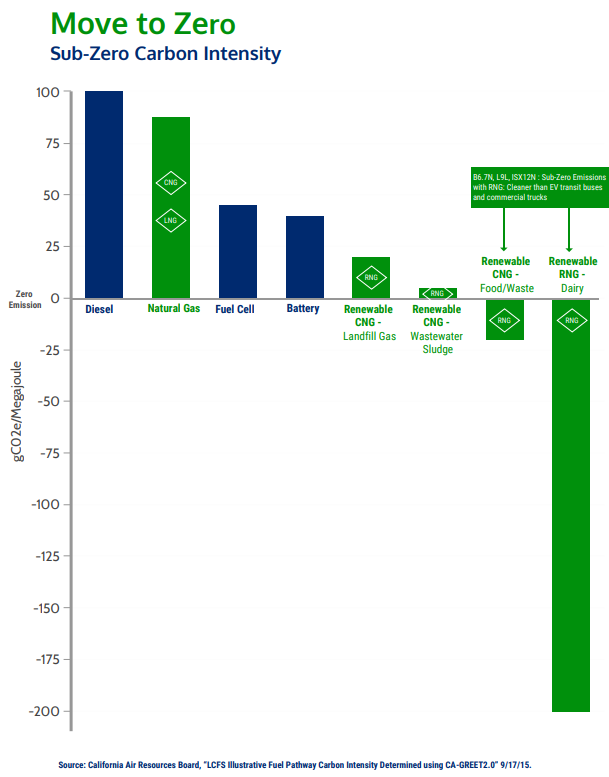Renewable Natural Gas: California invests more than $1 billion to increase production locally, according to a new research
What quantity of renewable natural gas (RNG) will produce California in the next years? A new research, published in July 2020 by Gladstein, Neandross & Associates (GNA), a consultant company specialized in clean technologies, shows the latest numbers – and they are impressive!
The research is called « An Assessment: California’s In-State RNG Supply for transportation: 2020-2024 ». It presents the data about the quantity of RNG that should be locally produced between 2020 and 2024. The research also estimates what quantity of RNG should be available to supply the fleets of natural gas vehicles in California.
This is a way to assess the feasibility of the new requirement to qualify for the Heavy-Duty Vehicle Incentive Program (HVIP). The requirement was established in 2019 by the California Air Resources Board. Since then, the operators of natural gas fleets in California must fuel their vehicles with RNG that is produced in the state.
Renewable natural gas in California: the most recent data
The research has the following conclusions about the production of RNG in California:
- Until January 2024, there will be 160 operational RNG facilities in California. They will produce 119 million diesel equivalent gallons (DGE) of fuel. The renewable natural gas will mainly come from dairy farms and landfills. This is enough to supply 13 731 trucks in natural gas in California per year.
- More than $1 billion will be invested by California to increase the local production of renewable natural gas. From this amount, 77% will be invested by private investors.
- The RNG produced in California will have an average energy-weighted carbon intensity of 101,74 gCO2e/MJ as of January 2024. With this locally produced RNG, the fleet operators will reduce their GES emissions by 3.4 million tons of greenhouse gas emission reductions annually.
- If the Heavy-Duty Vehicle Incentive Program (HVIP) provided a voucher of $45,000 to buy all the RNG heavy-duty trucks in California, it would reduce CO2e emissions by 51.4 million metric tonnes and emissions of NOx by 20.8 thousand tons. This would cost $12.03/MT of CO2e and $29,702 per ton of NOx over a 15-year period.
What is usually the carbon intensity for Renewable Natural Gas (or how much carbon emission this energy generates)?

RNG production in California: enough to supply more vehicles
According to Cliff Gladstein, founding president of GNA, the data showed in the research enable us to draw clear conclusions:
“While newly established HVIP program criteria was intended to encourage the use and production of in-state RNG, there was, until now, no reliable assessment of California’s RNG supply, making it impossible to determine if meeting this new requirement was feasible. The study determines that not only will there be sufficient supply of in-state RNG to meet this program criteria, but that the cost-effectiveness of the greenhouse gas emission reductions from the use of this in-state resource would be among the best in the state.”
In summary, this research consolidates the position of California, a state that is known worldwide for his initiatives to advance renewable energy and the fight against climate change. The industry is moving forward quickly. New policies, funding opportunities and facilities could multiply the available business opportunities in California, for natural gas vehicles, amongst others.
Read the complete study « An Assessment: California’s In-State RNG Supply for transportation: 2020-2024 ».
Article adapted in French by Bernard D’Amour, consultant in marketing and renewable energy, based on this article.
About Mr. Bernard D’Amour
Mr. Bernard D’Amour, a seasoned consultant, previously worked for the Canadian Urban Transit Association. Over the last five years he played an important role in the introduction of natural gas powered transit buses across Canada. Like others across Canada and the United States he knows that Renewable Natural Gas is a game changer for the Canadian transit agencies. Simply, he is a great believer that all energies are useful, that we all must focus on increasing our energy efficiency while concurrently reducing energy emissions. All in order to ensure a cleaner ecosystem while not hurting the world’s economic and social systems. Climate change is real.

